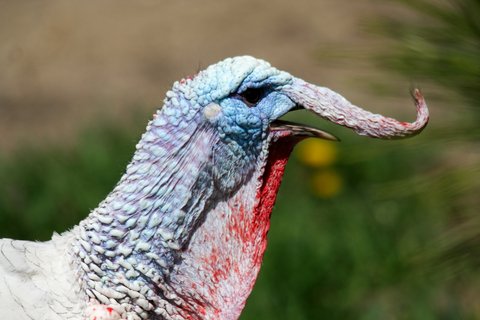So you’ve thrown your best turkey sounds out there, but they don’t come even close to sounding like the real thing, and could probably only make your drunk family laugh at you during the football game on Thanksgiving. We’ve all been there.
First of all, wild turkeys are known to be the most paranoid birds out there. Second, fooling a gobbler into killing range is much harder than people think (it’s not enough just to use game calls).
Turkey calling is just one of the skills that make you a good hunter. You need to be good at understanding turkey behavior and finding good hunting spots. It may seem like a lot, but all the little details will work together and should provide you with a prime opportunity to bag yourself your very own turkey.
Choose The Right Turkey Call
Choosing the right turkey call is crucial. Make sure you know and understand when to use each turkey call:
- Mouth Calls – Turkey mouth call diaphragms, like the Primos Hunting Hook Hunter Turkey Mouth Call, are made from stretching latex rubber on a horseshoe-shaped frame in a plastic skirt.
- Pot and Peg Calls – The Primos Bamboozled Turkey Pot Call is a perfect example here. It has a striking surface attached to a hollow pot, which makes turkey sounds when hit, and a peg (in both cases here made of bamboo) you use for hitting.
- Box Calls – Most box calls are made of wood just like the Flextone Thunder Yelper Game Call. It has a hollow chamber inside the narrow, rectangular box that makes an appropriate sound.
Practical Turkey Calling Tips
So you are all set up with the equipment, now it’s time to make use of it. Two main things you should learn to sync up is keeping the right rhythm and getting the right tone. Before you set yourself out on the hunt, search the web for basic turkey calling sounds. Practice the pitch, different turkey sounds, and differents rhythms. Keep in mind, turkeys do plenty of clucking and purring and soft yelping as well.
A common mistake most people make is repeating the same sound combination over and over again. Be versatile; birds are. It’s on you to combine those, along with the rhythm and changes of each turkey sound you make, to make it believable. Mimic, as much as you can, a real live bird.
When you get comfortable with your sound, it’s time to raise your hunting game to another level. Your turkey sounds aren’t the only thing you need to successfully lure them. Learn how they behave, and use that knowledge to your advantage. Choose the right spot, first of all. Set yourself down, make the sounds, and listen. A lone bird might not gobble at all but still be interested. Then again, when the bird gobbles more, you should be going to him. Understand these subtleties in their behavior bring odds in your favor.
Use mouth calls when it’s crucial. These are easier to master and produce great turkey sounds. When you get in that tight spot, bringing the bird to your shooting distance, it’s much easier to have your hands free, right? Master mouth calls for those moments.
Practice Making Turkey Sounds
Remember, practice makes perfect, but good decision making and recognizing when should you make those turkey sounds and why, may be the most important part of your turkey calling game.
© Oleksii Popov | Dreamstime.com – Screaming turkey
Turkeys
-
Turkey Files
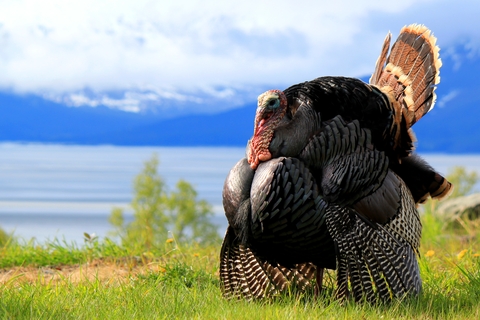
Photo credit: Dreamstime
-
Turkey Files

Photo credit: Wikimedia
-
Turkey Files

Photo credit: Dreamstime
-
Turkey Files
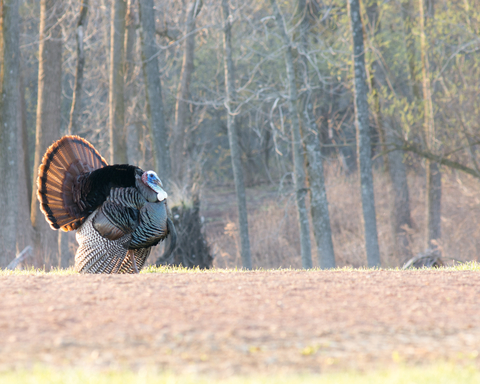
Photo credit: Dreamstime
-
Turkey Files
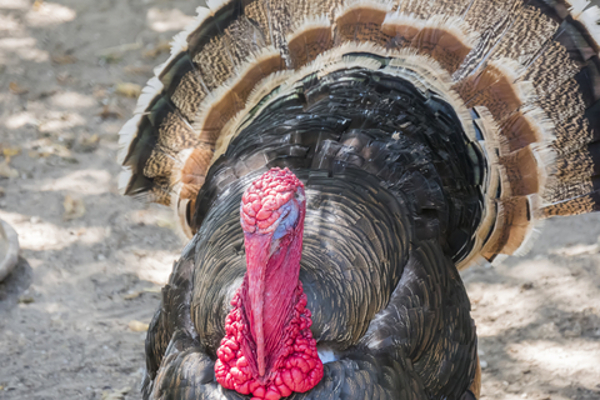
Photo credit: Dreamstime
-
Turkey Files
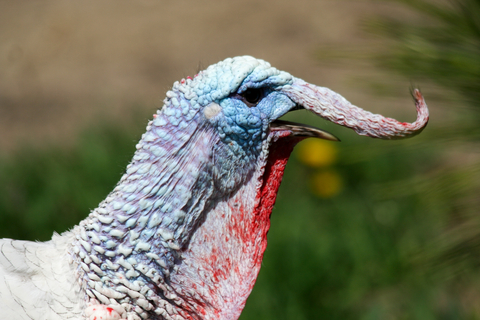
Photo credit: Dreamstime
-
Turkey Files
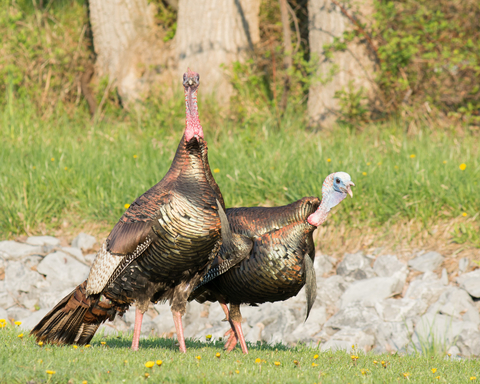
Photo credit: Dreamstime
-
Turkey Files
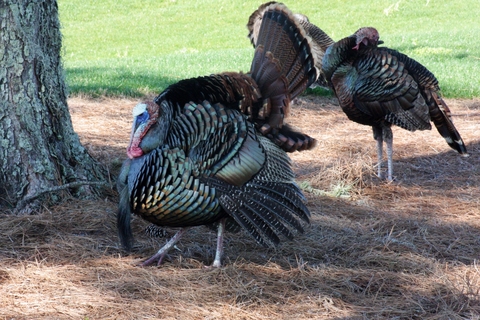
Photo credit: Dreamstime
-
Turkey Files
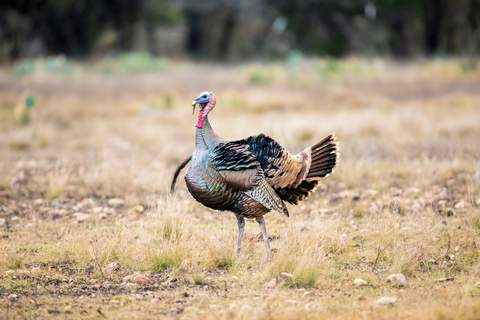
Photo credit: Dreamstime
-
Turkey Files
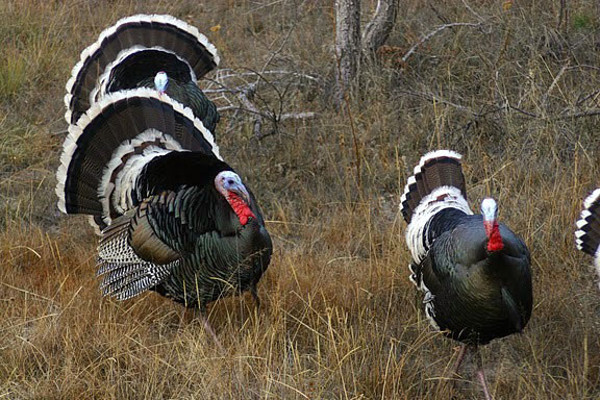
Photo credit: GS Safari
-
Turkey Files
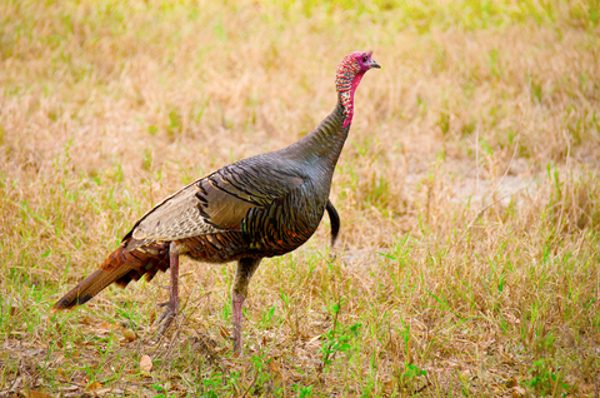
Photo credit: Dreamstime
-
Turkey Files
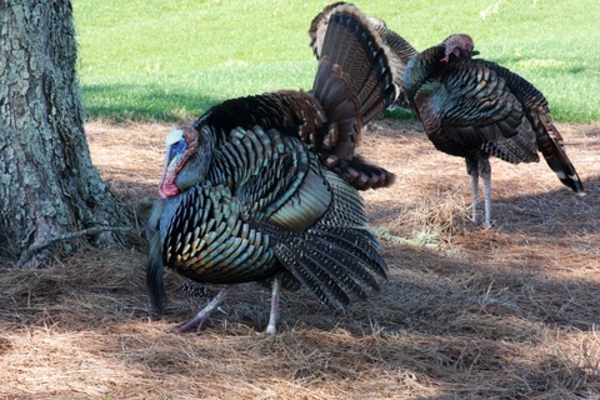
Photo credit: Dreamstime
-
Turkey Files
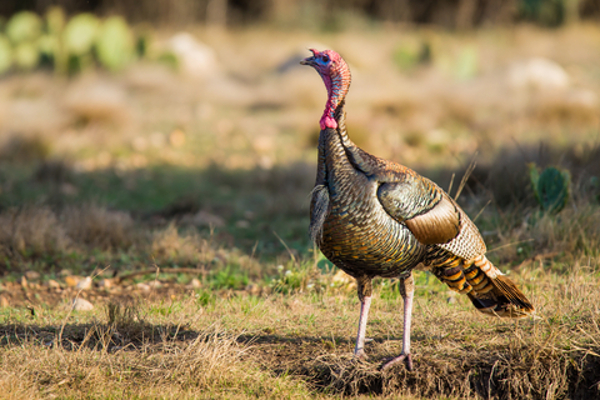
Photo credit: Dreamstime
-
Turkey Files

Photo credit: Flickr CC
-
Turkey Files
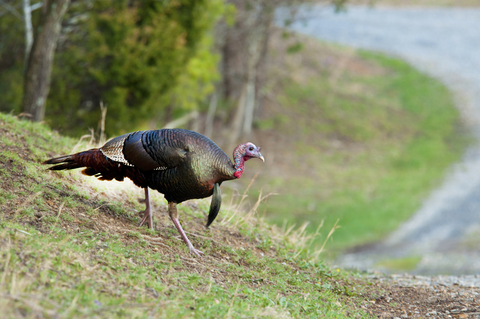
Photo credit: Dreamstime
-
Turkey Files

Photo credit: Dreamstime
-
Turkey Files
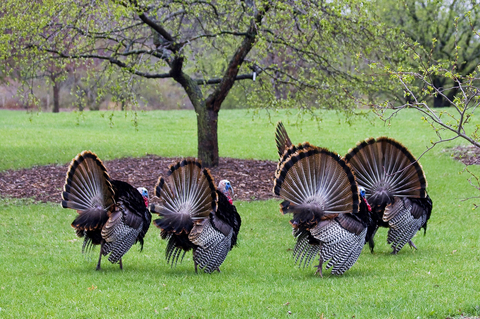
Photo credit: Dreamstime
-
Turkey Files
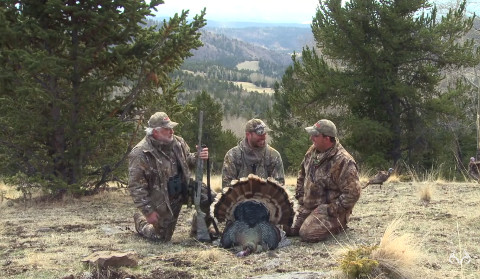
Photo credit: Youtube
-
Turkey Files
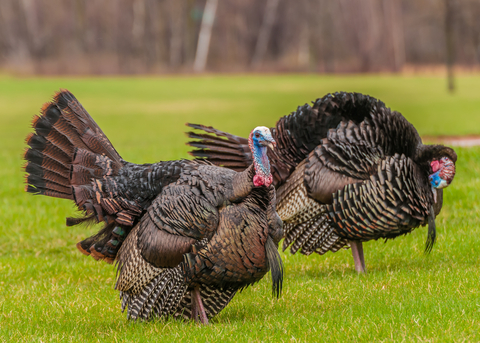
Photo credit: Dreamstime
-
Turkey Files

Photo credit: Dreamstime
